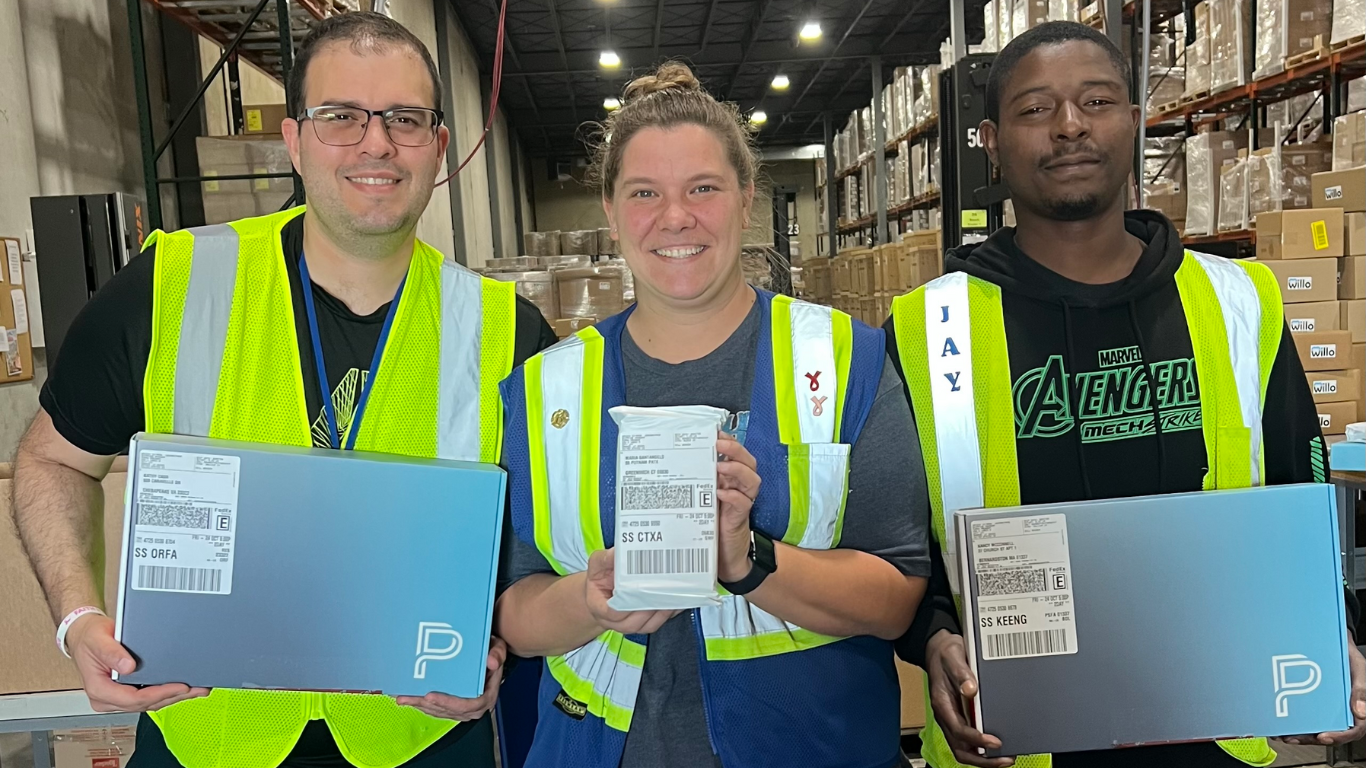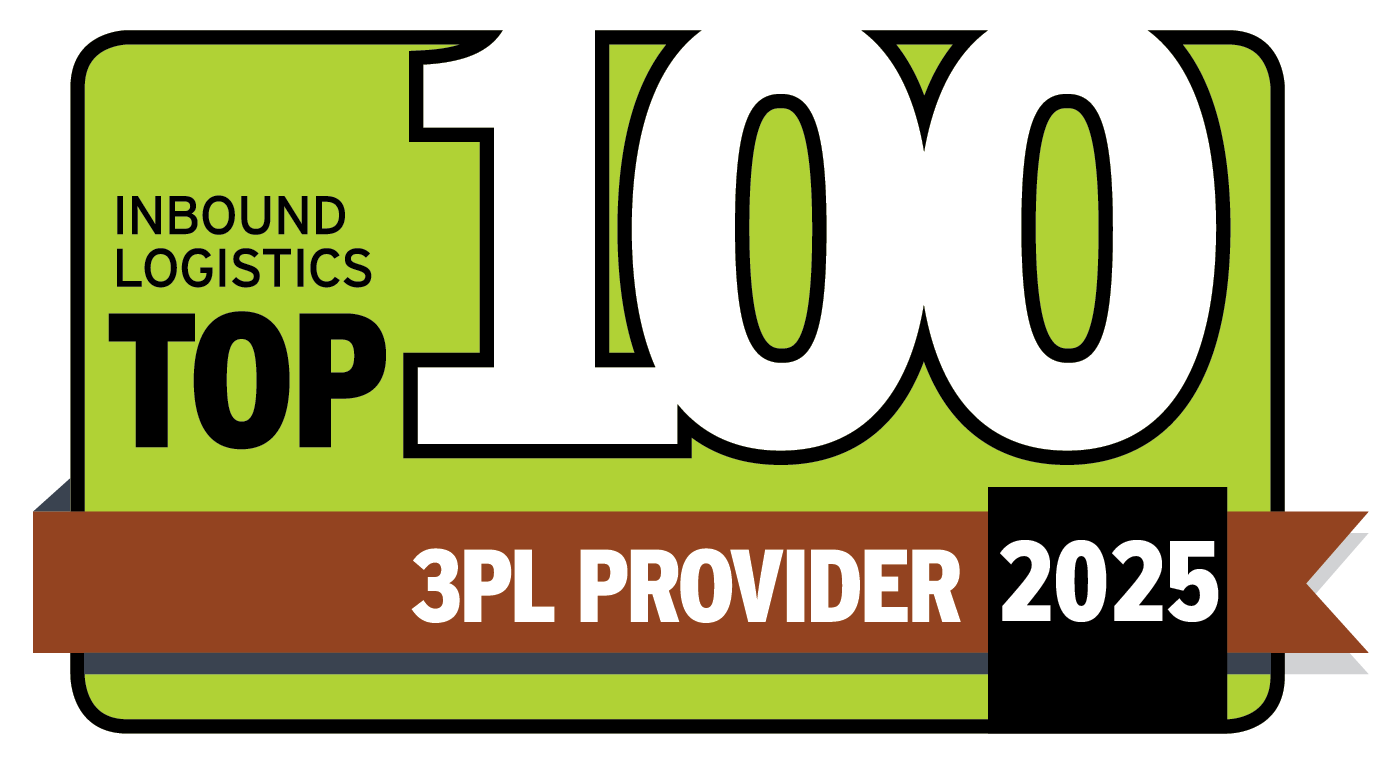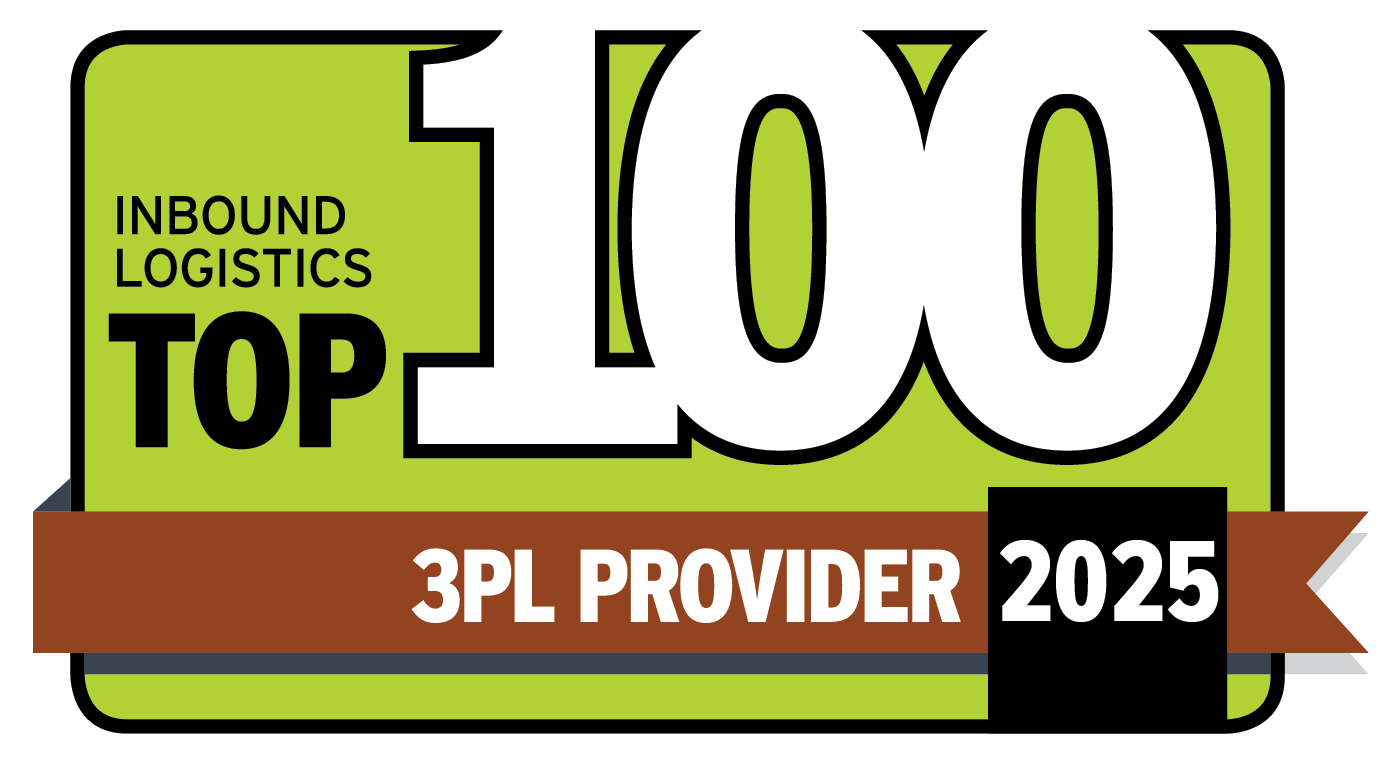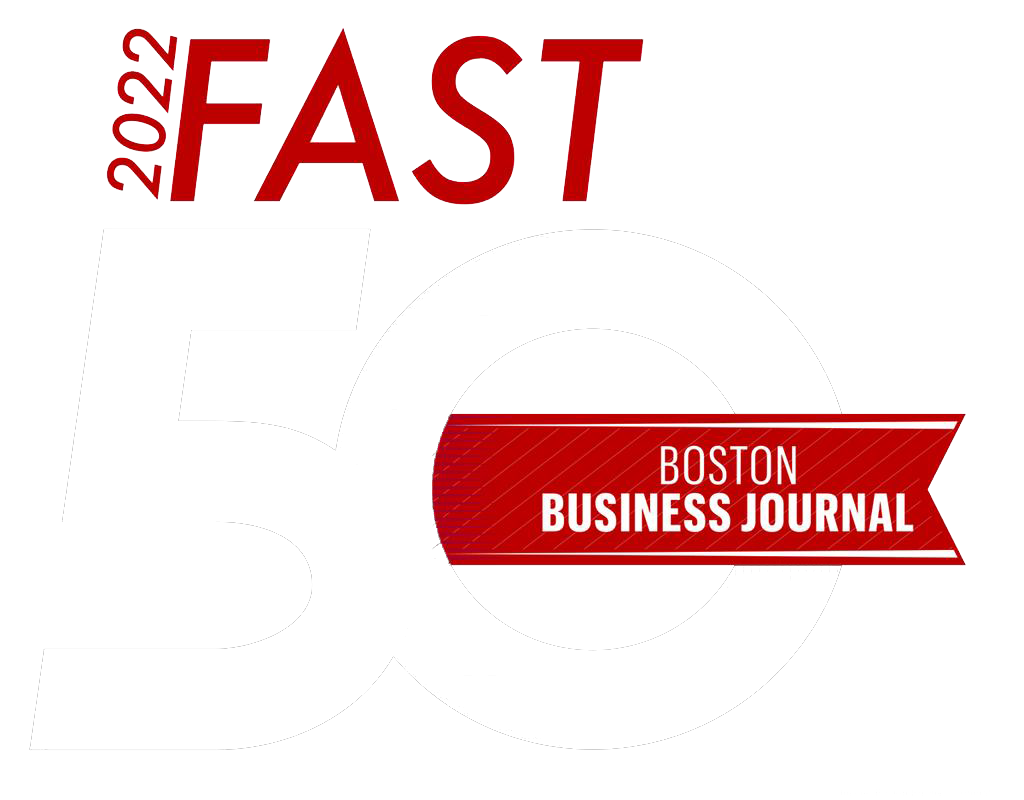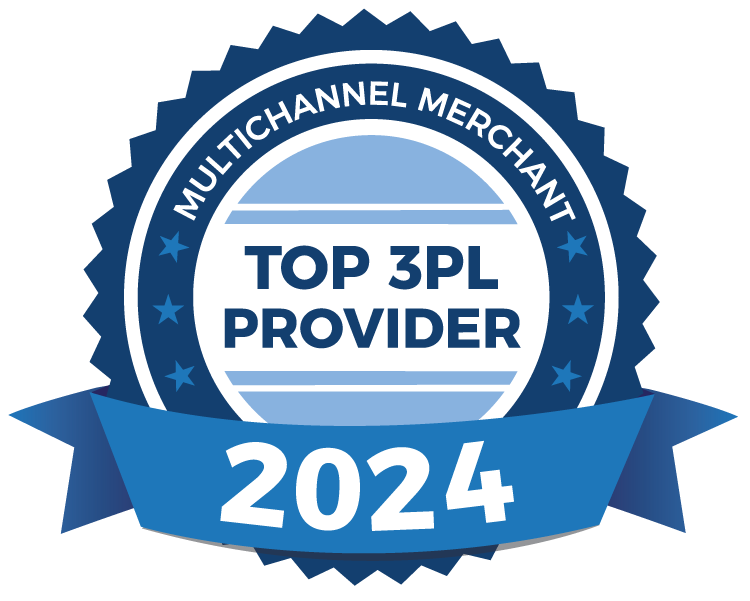Amplifying the Voice of the Customer: The Role of Strategic Account Management
Do we hear voices at 91¶¶Òõ Distribution? Absolutely! Even though the concept of Voice of the Customer (VoC) has been around for almost three decades, it’s surprising how many third-party logistics providers still struggle to execute it effectively.
In logistics, success isn’t just about operational excellence—it’s also about truly understanding and amplifying the Voice of the Customer (VOC). For us at 91¶¶Òõ, VOC is crucial in ensuring we meet and exceed our customers’ expectations. But what exactly is VOC, and how does our dedicated strategic account management team play a vital role in bringing it to life?
Understanding the Voice of the Customer
The Voice of the Customer (VOC) refers to the feedback and insights we gather from our customers about their experiences, needs and expectations. However, it’s more accurate to think of this as the "voices" of the customer. Each customer can have multiple touchpoints and departments—sales, marketing, finance and operations—each with its own priorities and concerns.
Sales and Marketing Teams
Our sales team at 91¶¶Òõ focuses on building lasting partnerships with our clients by deeply understanding their unique needs and challenges. Meanwhile, our marketing team works hard to support our clients' customer-facing initiatives and enhance their brand reputation.
Financial Teams
We know that financial teams are concerned with the costs associated with logistics. Their primary focus is understanding how 91¶¶Òõ can help control or reduce costs while maintaining high service quality. Our finance team works to maintain transparency in pricing, billing accuracy and opportunities for cost savings.
Operational Teams
Our operational counterparts are interested in how 91¶¶Òõ integrates with our clients' broader supply chain. They seek alignment between our services and their internal processes to optimize efficiency and reduce disruptions.
The Role of Strategic Account Management
At 91¶¶Òõ, our strategic account management team is the bridge between our operations and the diverse voices within our customers’ organizations. This role goes beyond just listening—they distill and synthesize these voices into actionable insights that drive fundamental improvements.
Synthesizing Feedback
Our client management team is responsible for taking extensive feedback from various client stakeholders and condensing it into clear, actionable points. This synthesis is crucial for ensuring our operations team can quickly implement changes that align with the customer’s needs.
Facilitating Communication
Effective communication is the cornerstone of strategic account management at 91¶¶Òõ. We make sure that our clients feel heard and understood. By relaying concise customer feedback to our operations team, we enable swift and effective responses, promoting a sense of trust and partnership.
Driving Positive Outcomes
Ultimately, our goal in amplifying VOC is to ensure that our customers see favorable outcomes from their feedback. This could mean improved service levels, cost reductions or enhanced operational efficiency. Our account management team is dedicated to achieving these outcomes, reinforcing our clients' confidence in 91¶¶Òõ.
Conclusion
At 91¶¶Òõ, our strategic account management team is essential for capturing the diverse voices within a customer’s organization and translating them into actionable insights that drive success. By doing so, we ensure that our customers feel heard and see the positive impact of their feedback on the services they receive.
Are you ready to experience the 91¶¶Òõ difference? Contact us now to connect with one of our 3PL experts.
Recent Blog Posts

